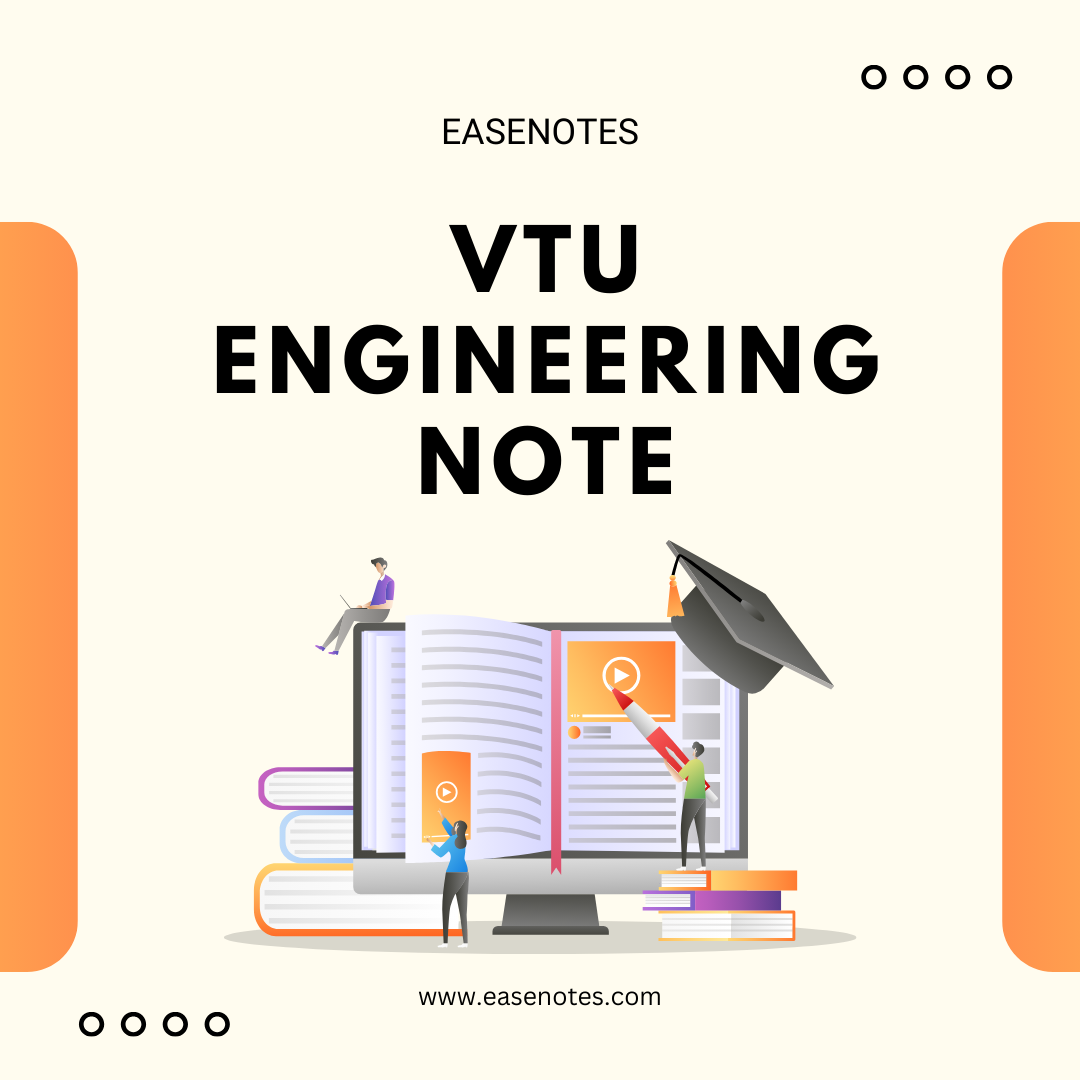
- contact@easenotes.com
- Phone: (+91) 9964716807

BCHES102/202-Applied Chemistry For Computer Science & Engineering - 2022 Scheme
VTU University notes on 1st SEM 1st SEM & 2nd SEM physics/Chemistry Cycle 2022 scheme notes 2024. Study materials and previous year question papers on easenotes 2024.

Module 1
Sensors: Introduction, working, principle, and applications of Conductometricsensors, Electrochemical sensors, Thermometricsensors (Flame photometry), and optical sensors (colourimetry).Sensors for the measurement of dissolved oxygen (DO). Electrochemical sensors for the pharmaceuticals.Electrochemical gas sensors for SOx and NOx.Disposablesensorsin the detection of biomolecules and pesticides. EnergySystems: Introduction to batteries, construction, working and applications of lithium-ion and Sodium-ion batteries.Quantum Dot Sensitized Solar Cells (QDSSCs)-Principle, Properties and Applications.
Module 2
Memory Devices: Introduction, Basic concepts of electronic memory, History of organic/polymer electronic memory devices, Classification of electronic memory devices, types of organic memory devices(organic molecules, polymeric materials,organicinorganichybridmaterials). DisplaySystems: Photoactive and electroactive materials, Nanomaterials and organic materials used in optoelectronic devices. Liquid crystals (LC’s) – Introduction, classification, properties and application in Liquid Crystal Displays (LCDs). Properties and application of Organic Light Emitting Diodes (OLEDs) and Quantum Light Emitting Diodes (QLEDs), Lightemittingelectrochemicalcells.
Module 3
Corrosion Chemistry: Introduction, electrochemical theory of corrosion, types of corrosion differential metal and differential aeration.Corrosioncontrol-galvanization,anodization and sacrificial anode method. Corrosion Penetration Rate (CPR) – Introduction and numerical problem. Electrode System: Introduction, types of electrodes. Ion selective electrode – definition, construction, working and applications of glass electrode. Determination of pH using a glass electrode. Reference electrode- Introduction, calomel electrode– construction, working and applications of calomel electrode.Concentration cell– Definition, construction and Numerical problems. Analytical Techniques: Introduction, principle and instrumentation of Conductometry; its application in the estimation of weak acid. Potentiometry; its application in the estimation of iron.
Module 4
Polymers: Introduction, Molecular weight Number average, weight average and numericalproblems.Preparation, properties, and commercial applications of kevlar. Conducting polymers–
synthesis and conducting mechanism of polyacetylene and commercial applications.
Green Fuels: Introduction, construction and working of solar photovoltaic cell, advantages, and
disadvantages. Generation of energy (green hydrogen) by electrolysis of water and its advantages.
Module 5
E-Waste: Introduction, sources of e-waste, Composition, Characteristics, and Need of waste management.Toxic materials used in manufacturing, electronic and electrical products, and health
hazards due to exposure to e-waste. Recycling and Recovery:
Differentapproachesofrecycling(separation, thermal treatments, hydrometallurgical extraction, pyro
metallurgical methods, direct recycling). Extraction of gold from E-waste. Role of stakeholders
in environmental management of e-waste (producers, consumers, recyclers, and statutory bodies).